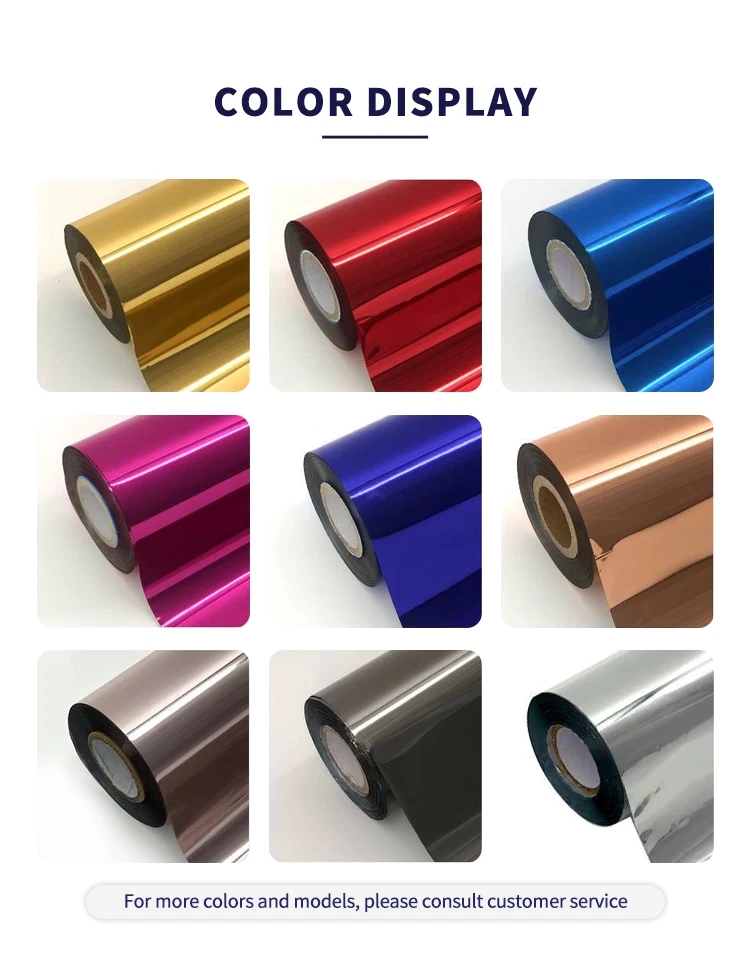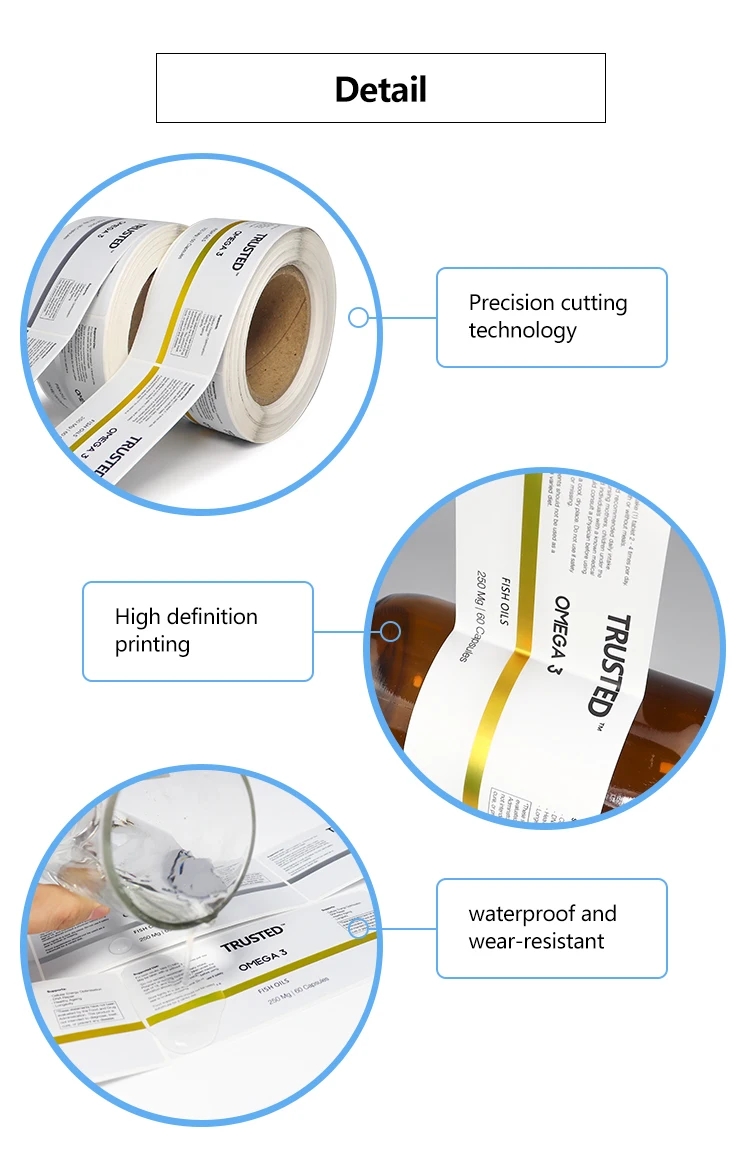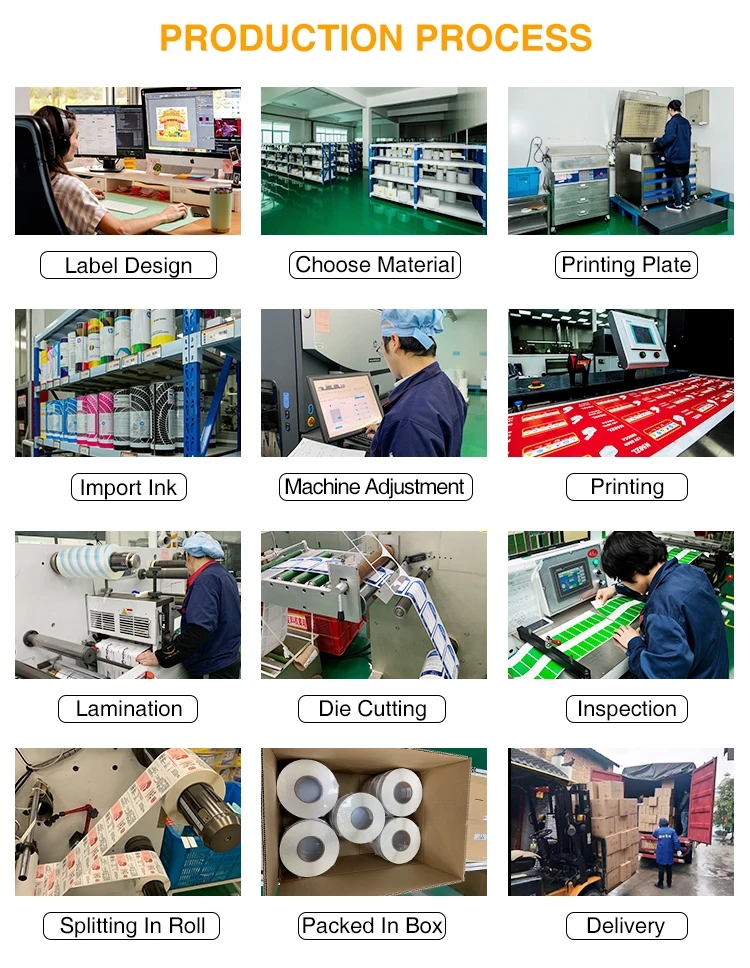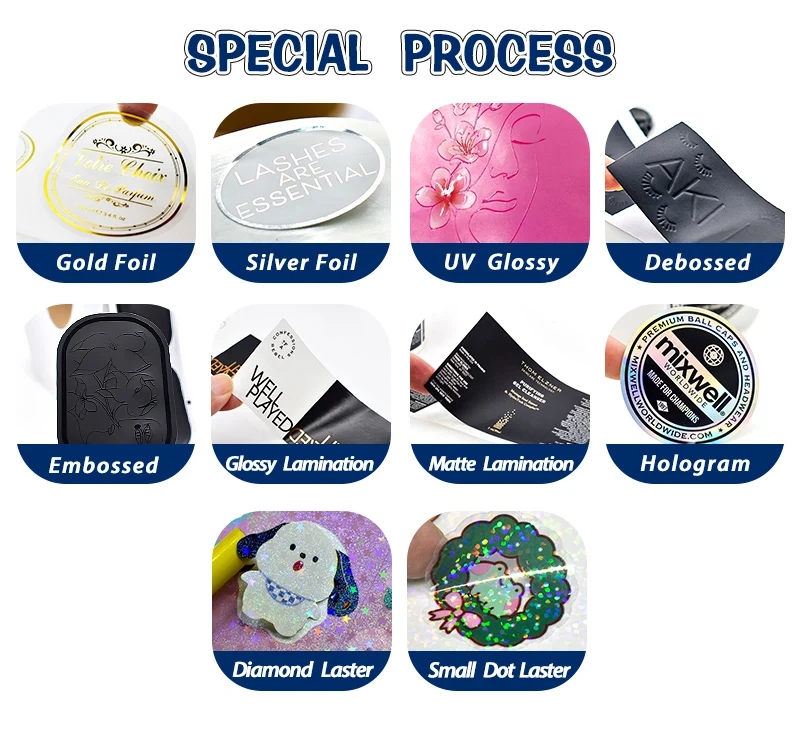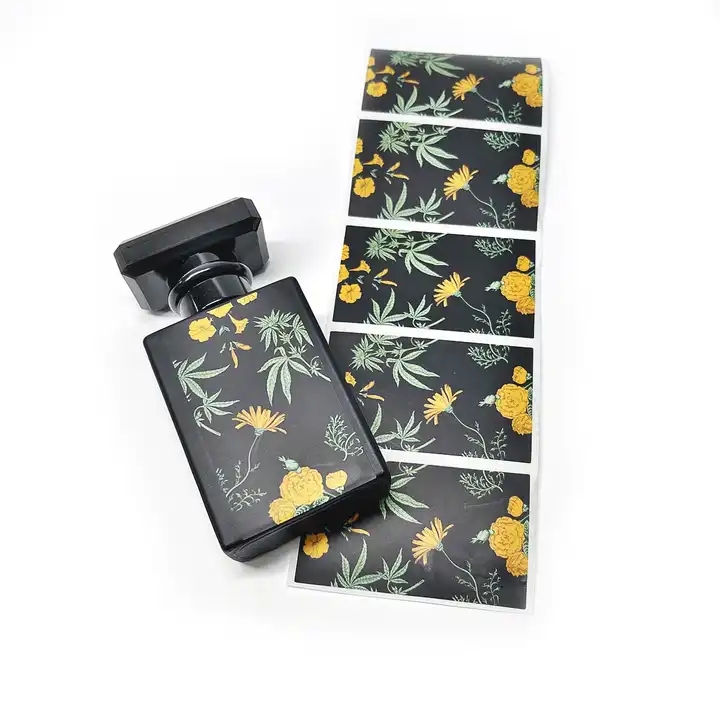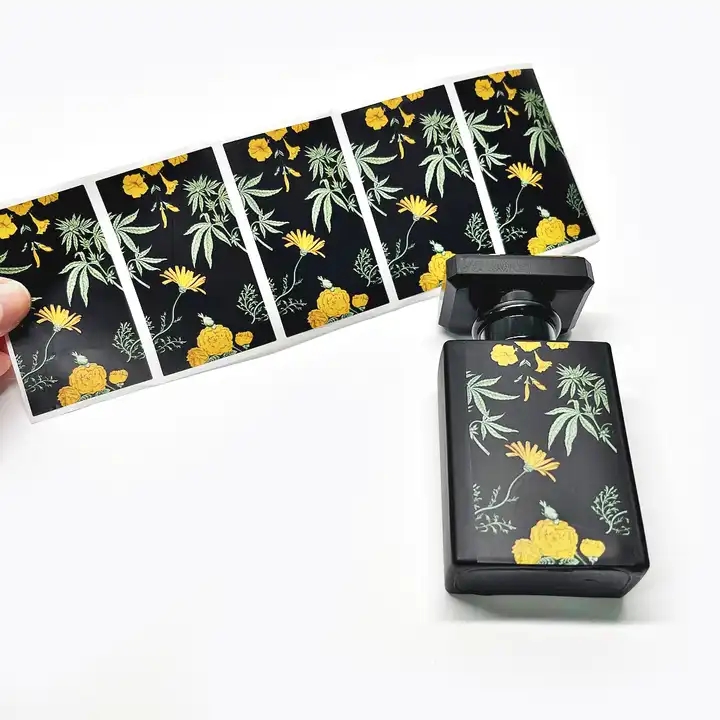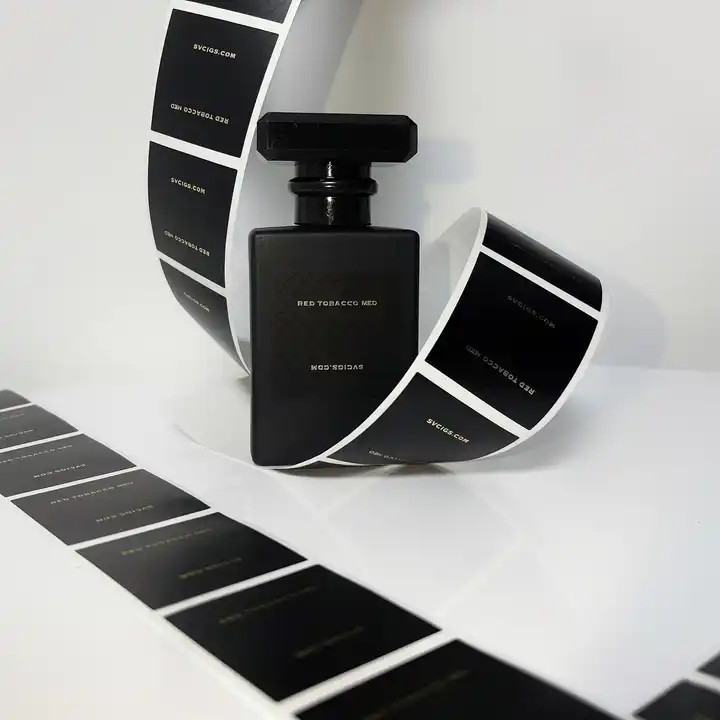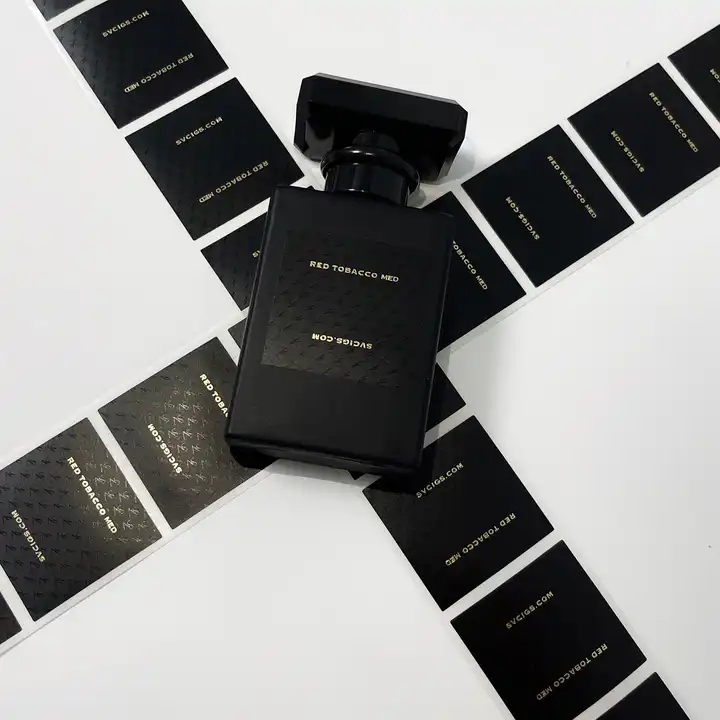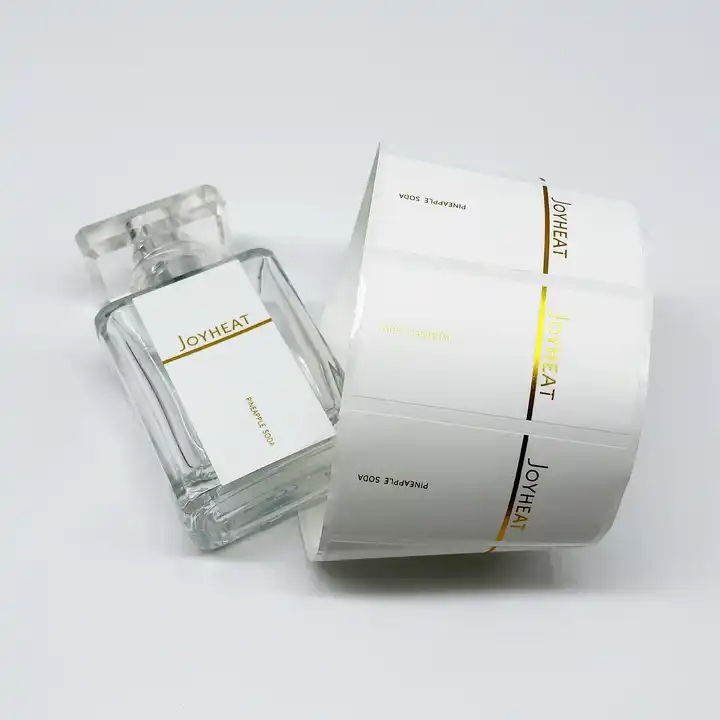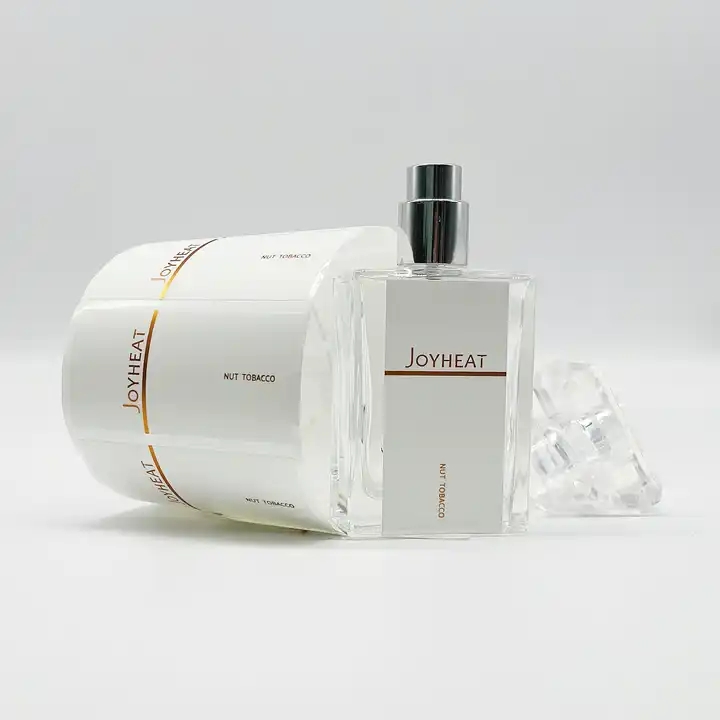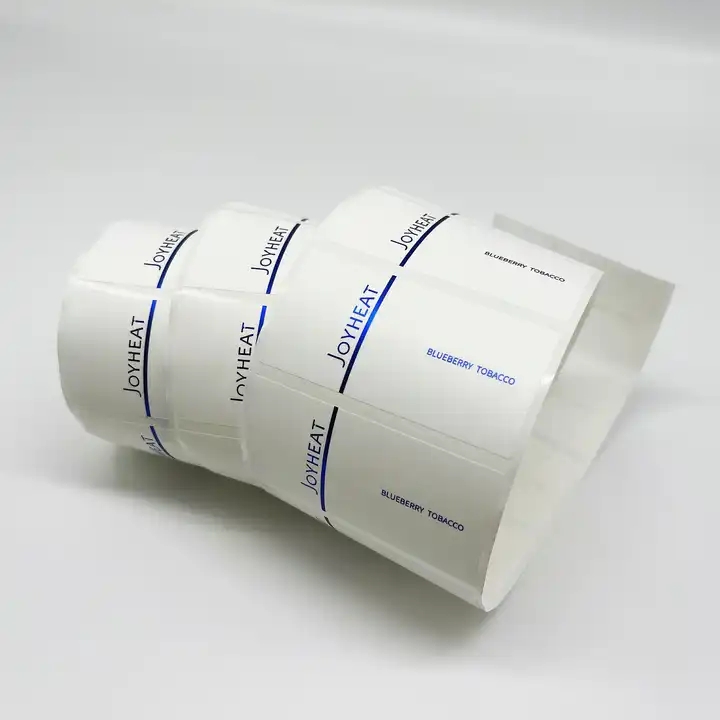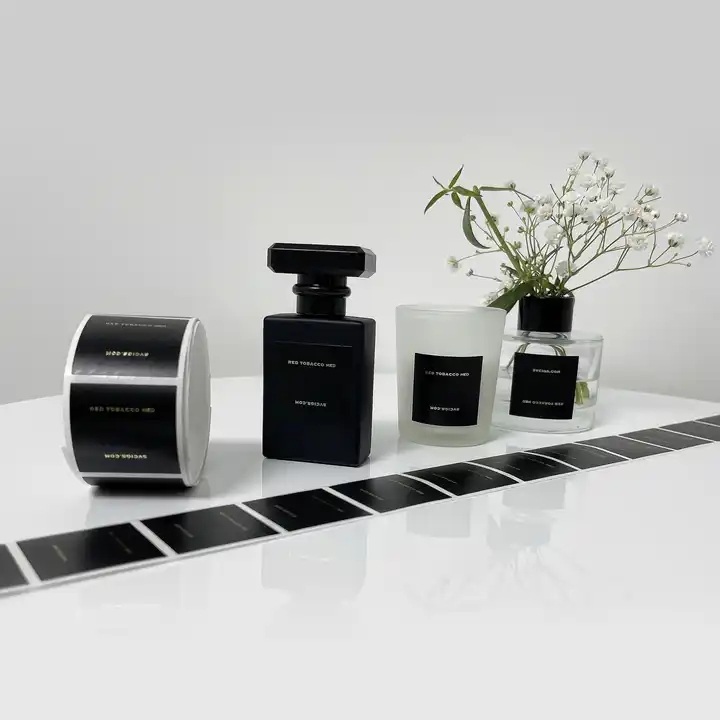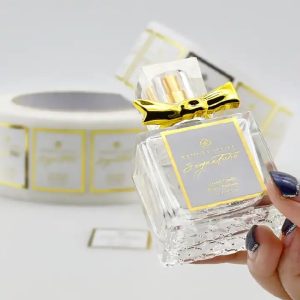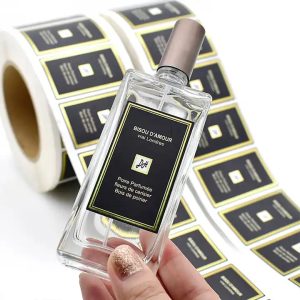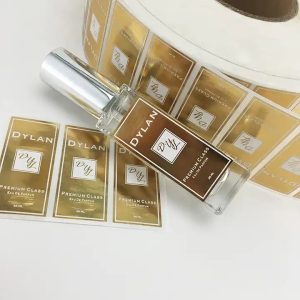Decoding Perfume Bottle Labels: Unveiling the Essence Within
Perfume bottle labels are more than mere embellishments; they encapsulate a wealth of information about the fragrance they encase. Understanding these labels is akin to unlocking the secrets of a scent’s composition and characteristics. In this comprehensive guide, we’ll delve into the intricate details that adorn these bottles, shedding light on their significance and the valuable insights they offer to consumers.
Brand and Fragrance Identification: The prominent display of the brand name, often accompanied by the specific name of the perfume, serves as the initial introduction to the product. This combination embodies the essence and identity that the brand seeks to convey.
Fragrance Concentration: Variations like Eau de Parfum, Eau de Toilette, or Cologne signify the concentration of essential oils in the perfume. This crucial detail impacts both the intensity and longevity of the scent on the skin.
Volume of Perfume: An essential aspect for consumers, the volume displayed in milliliters (ml) or ounces (oz) indicates the quantity of perfume contained within the bottle.
Ingredients or Fragrance Notes: The heart of the label lies in the listed ingredients or fragrance notes. These descriptions unveil the aromatic elements that compose the perfume, such as floral, woody, or citrus notes. Often categorized as top, middle, and base notes, they narrate the scent’s evolution over time.
Batch Code and Expiry Date: In less conspicuous corners, batch codes reveal the production batch, aiding quality control, while the expiration date guides users on the perfume’s shelf life and usability.
Manufacturing Information: Details pertaining to the manufacturer, distributor, country of origin, and manufacturing location contribute to the product’s authenticity and quality assurance.
Understanding these components not only assists consumers in making informed choices but also adds depth to the appreciation of the perfume. Whether seeking a signature scent or exploring new olfactory experiences, deciphering perfume bottle labels is a crucial step in the fragrance discovery journey.
